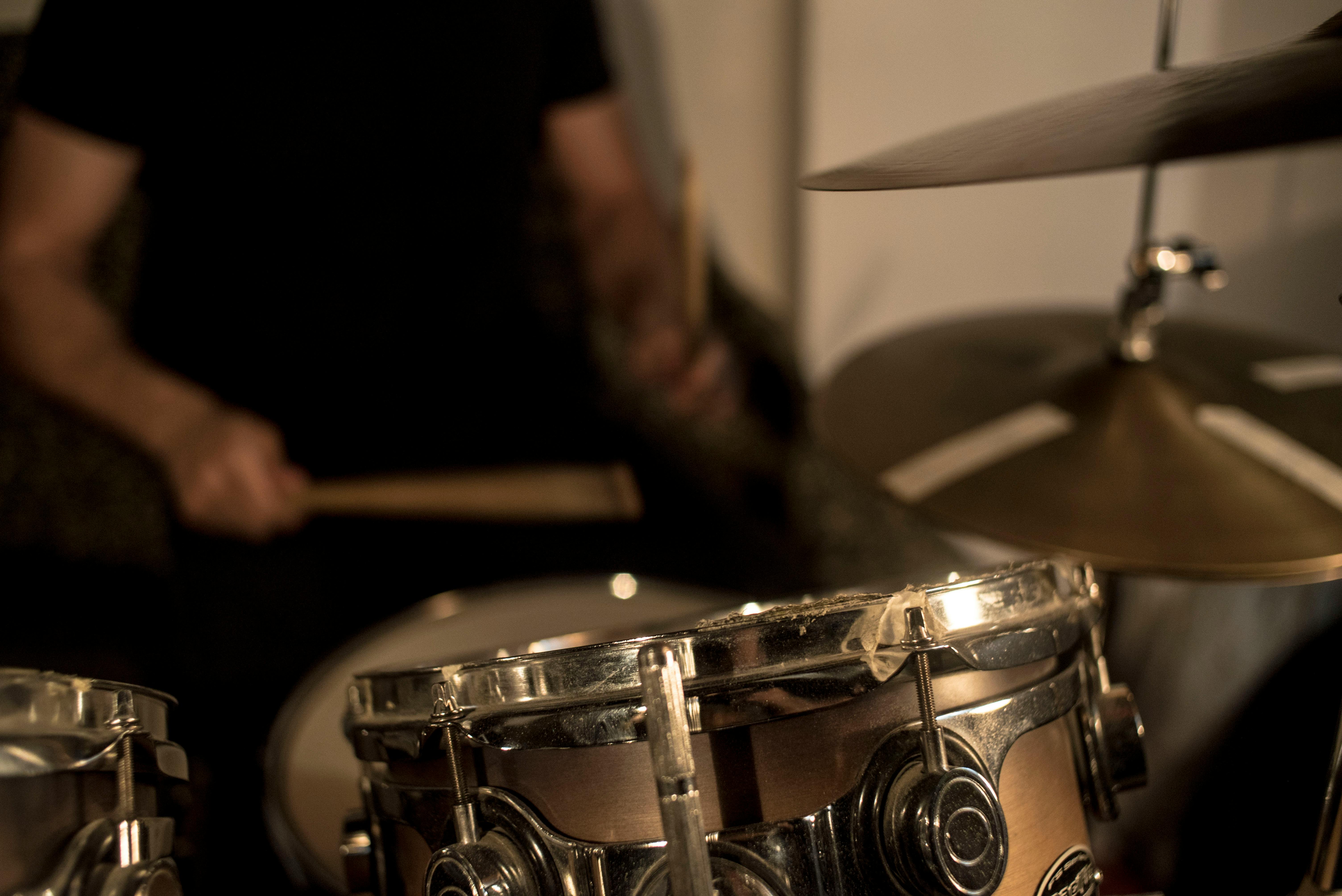Why soundproofing matters

Sound insulation isn’t a topic that attracts much attention, yet effective soundproofing is a key element of housebuilding. At Cruden Homes, we invest heavily in engineering sound insulation into our new homes. It’s only once you’ve lived in an older property with poor sound deadening that the importance of this can truly be appreciated…
Making waves
The noises we hear are vibrations made by sound waves as they travel through the air. Without any disturbance, those sound waves can ripple outwards for a long distance – a shotgun blast could be heard two miles away on a still night. Sound also travels faster when temperatures drop; in tandem with less competition from ambient noise, that’s why things often seem louder at night than during the daytime.
Sound vibrations can theoretically travel through any solid, liquid or gas substance. However, denser materials are more effective at diminishing the energy of sound waves. A musical instrument will sound fainter and further away when heard through a sheet of lead than it would through a sheet of plasterboard. Indeed, the cavity between two plasterboard sheets can actually reverberate sound.
Noise annoys
If you’ve ever lived in an older property with poor sound insulation, you’ve probably had to listen to squeaky floorboards and slamming doors, raised voices and bass reverberations. This is particularly true for residents in blocks of flats, who may have people above, below and beside them, with noise emanating from every direction (as well as from outside).
The contrast with new-build homes couldn’t be more pronounced. Concrete floors are extremely effective barriers to the sound waves generated by speakers, voices and impacts (such as heels on wooden floors). Walls packed with insulation materials achieve the dual benefit of retaining heat and muffling noise, and energy-efficient double-glazed windows trap heat inside while resisting the ingress of ambient noise that might otherwise flow through single-glazed sash-and-case units. Acoustic isolation is a key element of modern house design, whether sound is being deflected, absorbed or dispersed.
Respect your neighbours
While new homes are specifically engineered to minimise acoustic leakage, residents can still reduce their own sound envelope. One useful tip involves fitting soft materials on floors; tiled floors amplify noise from a speaker, whereas carpets muffle it. If you have neighbours below you or through a party wall (a shared wall between two properties), placing a square of carpet below a surround-sound subwoofer can dramatically reduce vibrations and noise. Laminate and vinyl are less effective than carpet but better at absorbing sound waves than wooden or tiled floors; if you’ve already opted for these harder materials, thick shagpile rugs reduce echoes and eliminate the harshness that may result from sound bouncing off flat surfaces. As well as benefiting neighbours, you’ll also enjoy plusher sounds, with less echo or reverberation.
Certain hobbies might also entail a little investment to protect the ears of other household members and neighbours. Alongside dedicated acoustic panels and membranes, dense materials like cork, felt, fibreglass and rubber are great for stifling sound waves. Soundproof underlay can protect neighbours downstairs from subwoofers and bass drums, while soundproof paints, wallpapers and curtains are readily available online with specific soundwave-flattening qualities. That’s worth remembering if you’re planning to purchase a drum kit or create a home cinema room with Dolby surround sound.
Back to Latest Posts




